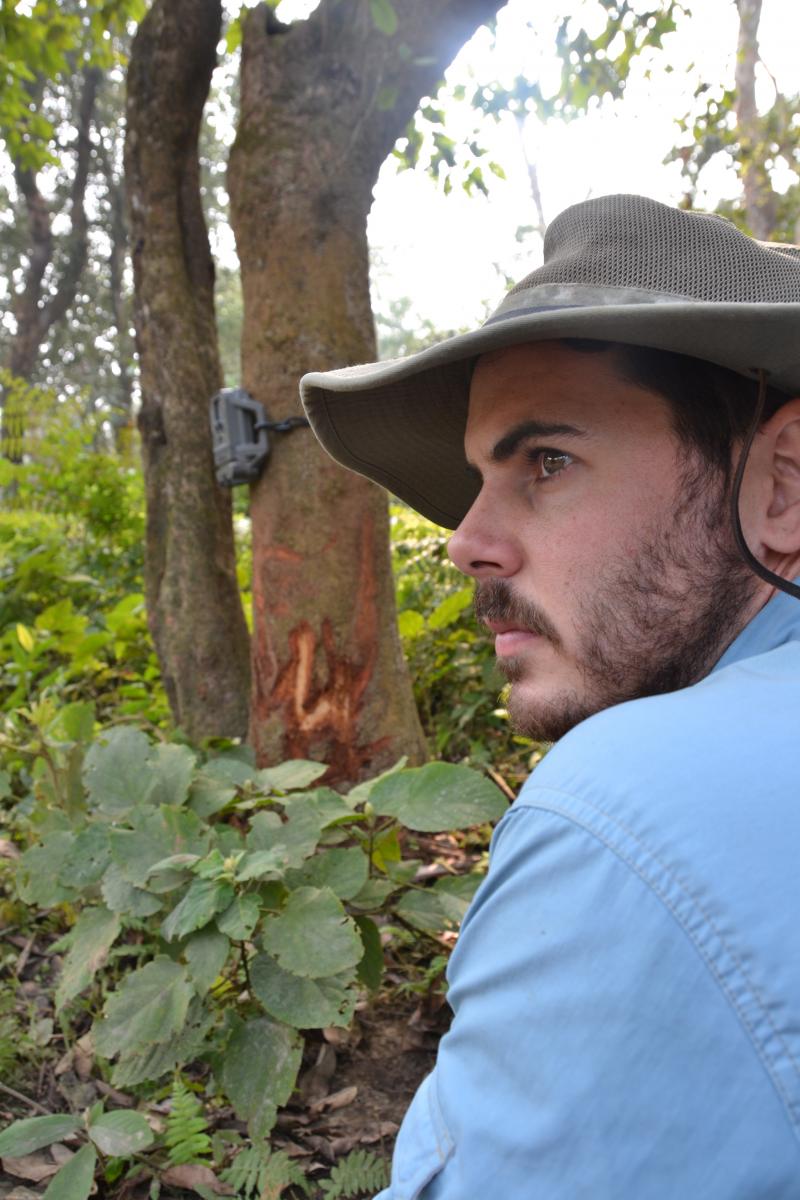Blog: Strutting your tigers in the Big Apple
Add Summary

Neil Carter is taking his tigers on the road.
Ok, at least the tigers that’ll fit into a thumb-drive, and they’ll probably be room to pack a couple rhinos and elephants as well.
He was at the Wildlife Conservation Society today giving a brief lunchtime talk to some staff there in the New York City headquarters. They’re interested in his work in Nepal, working to understand the complex relationships and attitudes between people and tigers there. For Neil, it's a great way to advance his research in the real world, where it can have an impact.
the New York City headquarters. They’re interested in his work in Nepal, working to understand the complex relationships and attitudes between people and tigers there. For Neil, it's a great way to advance his research in the real world, where it can have an impact.
To wit:
“Bridging human and natural sciences to advance tiger conservation in Nepal and beyond”
Neil’s talked about:
Understanding the complex interactions between tigers and people is crucial to addressing some of the most pressing tiger conservation challenges, such as tiger-human conflict and habitat loss. Since 2007, he’s been studying tiger-human interactions in and around Chitwan National Park in the HimalayanTerai (lowlands), which is a globally important tiger conservation region.
He discussed the opportunities for and obstacles to sustaining a viable tiger population in this human-dominated landscape. Specifically,
- How attitudes, beliefs, and perceptions shape local people’s tolerance towards tigers living in nearby forests;
- How tigers behaviorally adapt to high human densities;
- How land-management practices, such as community-based forestry, impact tiger habitat across space and through time;
- How his research can be useful for wildlife conservation in many other regions
The Wildlife Conservation Society’s mission is to save wildlife and wild places across the globe. It protects many of the world’s iconic creatures here and abroad, including gorillas in the Congo, tigers in India, wolverines in the Yellowstone Rockies, and ocean giants in the world’s amazing seascapes.
With a commitment to protect 25 percent of the world’s biodiversity, the society addresses climate change; natural resource exploitation; the connection between wildlife health and human health; and the sustainable development of human livelihoods. It also manages more than 200 million acres of protected lands around the world, with more than 200 scientists on staff.



 Print
Print Email
Email




